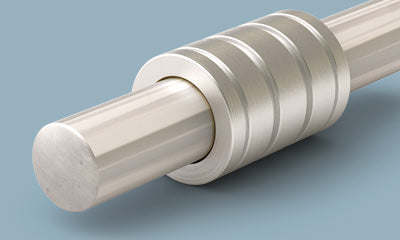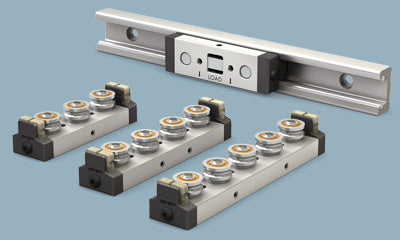


Finding the right materials for linear bearings and guides is crucial for many reasons, including durability in washdown environments. Electroless nickel coatings have gained popularity due to their excellent corrosion and wear resistance, along with a smooth polished appearance. Some formulations include a PTFE infusion, enhancing non-stick properties, and most are FDA compliant.
Non-metal materials, such as plastics, polymers, and fillers, are increasingly used in mechanical drive components, guides, bearings, fasteners, and more. These materials are favored for their cost-effectiveness, lightweight nature, and ease of manufacture. However, certain solid plastics, like injection-molded bearing inserts, can present challenges in washdown applications. Many absorb liquid, leading to swelling that increases the risk of binding and catastrophic failure.
Selecting the right materials is essential to ensure the reliability and efficiency of linear bearings and guides, particularly in demanding washdown environments.
To learn more about linear bearing and guide design and optimization for washdown, download our Linear Motion Design for Washdown Applications white paper.

